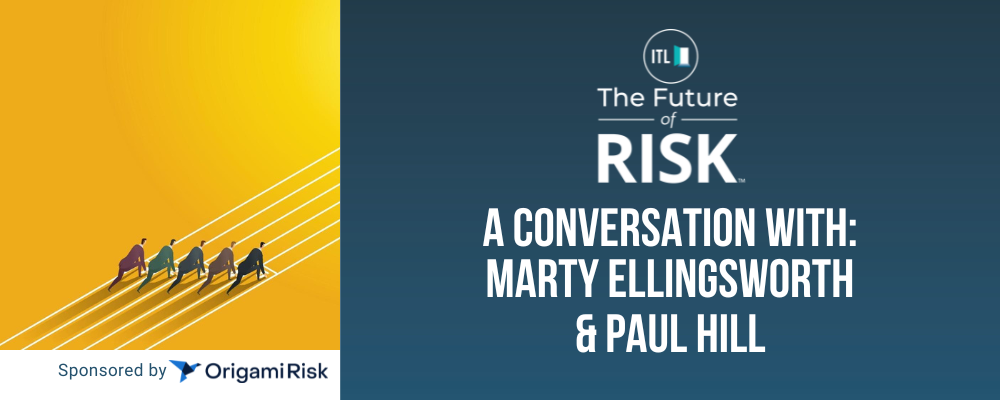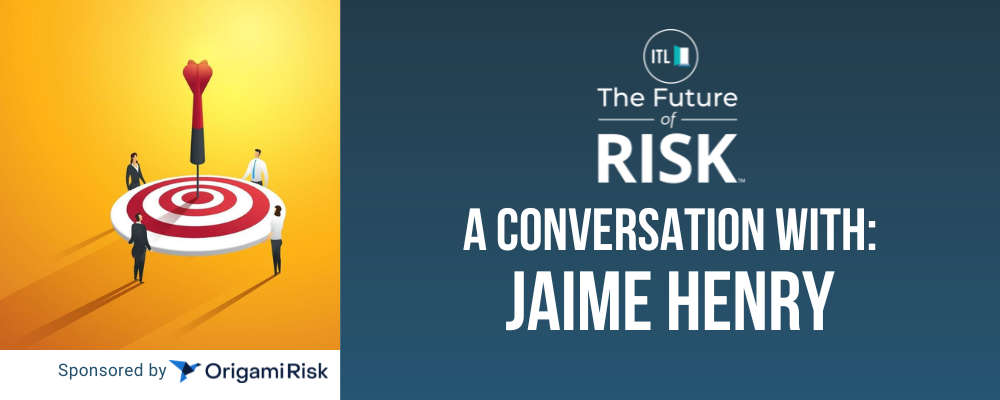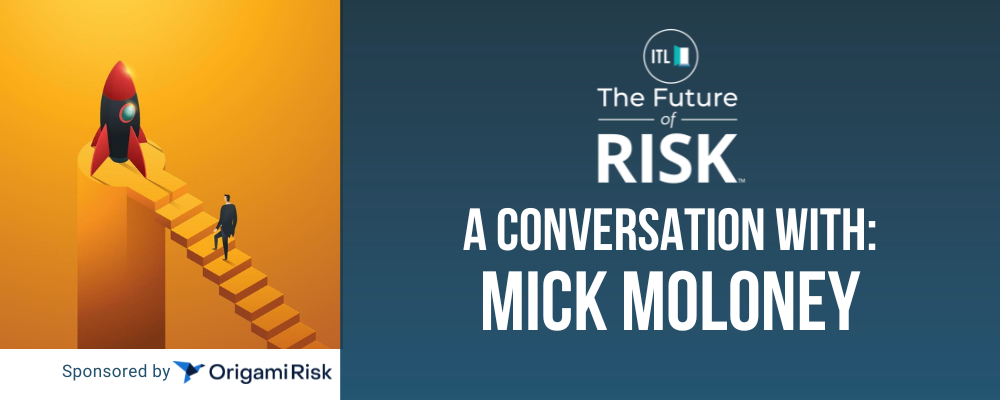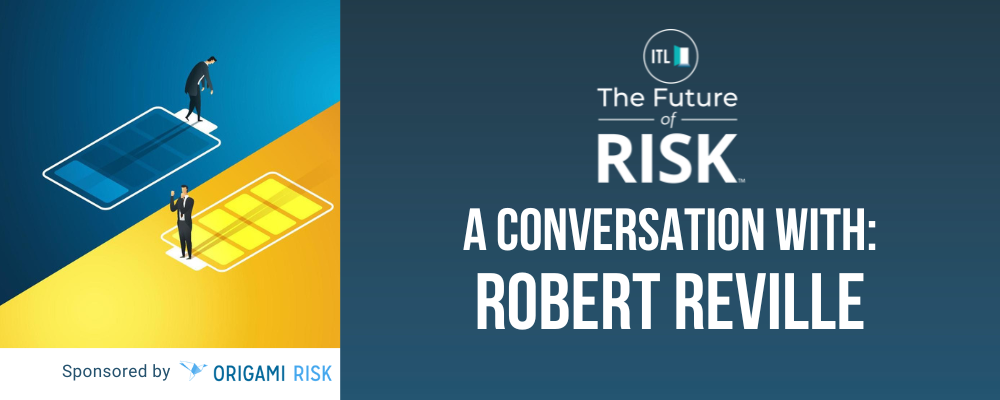 | Paul Hill currently serves as President at Job Search Intelligence, where he leads development of salary-data tools and analytics for job-seekers, employers and higher-education institutions. With over 20 years of experience, Paul has built a strong foundation in product development, marketing and data services, bringing a strategic focus to market expansion and customer engagement across the employment-intelligence sector. |
 | Marty Ellingsworth is President of Salt Creek Analytics and Strategic Advisor to Pinpoint Predictive, bringing more than two decades of experience in insurance analytics, data science, and risk selection. He has held senior roles at J.D. Power, Verisk Analytics, Allianz, and USAA, where he focused on transforming data into strategic insights that improve underwriting accuracy, claims performance, and customer experience across the insurance value chain. |
Paul Carroll
The creditworthiness of a person factors into the risk rating that insurers develop and use to price policies, and you have an intriguing new stream of data that I think could make those risk assessments more precise. We’ll get into how that works, but let’s start with how you developed your model and gathered the data that feeds into it.
Paul Hill
We started in 2008 by collecting compensation data and wholesaling it to compensation consultancies. We sold data on starting salaries to the academic community so they could help students build career plans.
By 2010, we became known for having reliable data on students’ employment and income after graduation. We contracted to do actuarial work for student lenders because we had just about the only reliable data on young people's capacity to repay their student loans.
We expanded to credit card debt and auto loans and assessed the wealth-building capacity for young people, looking not just at their earning capacity but at household formation and their investment plans.
This was all rooted in their academic competency.
We saw that trajectories vary significantly. Nurses, for example, represent extremely reliable individuals from a risk perspective. Women who study computer science are very reliable, while men in the same field might hop from startup to startup, making them less predictable. On another spectrum, young people in trades like electricians, plumbers, or HVAC technicians are eminently employable with no student debt, building wealth in their early twenties, with phenomenal financial outcomes.
Complementing the data on earnings potential, we built a model called "How America Spends." We analyze the 135 million households in the U.S., breaking them into income classes starting with households earning less than $15,000 annually, up to those earning over $200,000.
We've collected finely grained data on their annual expenditures—rent/mortgage, food, energy costs, and so on. Insurance, interestingly, we always categorized as non-discretionary (you need it to drive a car), but with years of inflation, more people than ever are treating it as a discretionary expense.
We total all expenditures by different household categories and build models relating to debt burdens to understand their capacity to meet expenses. Half of households are spending 100% or more of their income every month, and understanding how financially constrained households are allows us to estimate what they'll cut back on. We can identify specific trends, like middle-income households reducing certain food categories or cutting back on dining out in favor of eating at home - a trend we observed early in the inflationary years of 2021-2023.
For insurers, we've developed what we call our "default trajectory model." We break out these same households into income categories, age classes, and geographic regions, and our model shows how members of each category respond when facing financial pressures - their capacity to service typical obligations like purchasing auto insurance, maintaining their car, and paying credit cards.
This model enables us to view how consumers evolve over time regarding credit card debt servicing, car maintenance, maintaining certain levels of insurance coverage, or dropping coverage completely. It's tailored for auto insurance companies to understand their customer base's financial stability and predict potential coverage changes.
Paul Carroll
I could see benefits both in terms of pricing risk and in terms of deciding who to target with marketing efforts.
Marty Ellingsworth
The customer insight and prediction frameworks of customer lifetime value are critical in both marketing and insurance. When you identify a customer who's on a growth trajectory that's going to be stable, who’s going to pay their bills and remain loyal long-term, you've found better risks. They're going to take care of their house, car, and finances. These customers aren't immune to accidents, but they're not reckless either.
The ability to understand how your book is performing in small business and households is valuable—knowing which households will be the most conscientious, which will be the most stable from income, payment, maintenance, and insurance perspectives, and which ones won't.
It's not that you can predict what one person will do, but a million people tend to follow similar patterns. Looking at risks in tranches—by state, class code, or household—reveals important trends. Some households are being disintermediated, some have higher layoff probability, and others show default trajectories. The trajectory analysis is particularly clever because it helps understand how leading indicators connect to subsequent events, revealing the path that problems typically take.
From that same ingredient technology—analyzing people living in houses, driving cars, working in various occupations and businesses—you can draw important conclusions. People with high equity in their home don't stress as much, so even when something bad happens, they behave differently than someone living on the financial edge. You also see patterns in moral hazard, both occupationally and in insurance contexts, where rationalization, opportunity, and motivation influence poor decision-making around fraud or crime.
I'm not suggesting that losing your job makes you a criminal, but it does create motivation to secure money. Sometimes that means finding another job, sometimes changing insurance coverage, and sometimes dropping coverage altogether just to survive. This type of quantifiable analysis is extremely valuable for describing what's likely to happen to your book of business and your overall business performance.
Everyone knows the trend will be downward for someone experiencing income compression, but they don't know by how much, and they can't segment the risk by different types of households. That's precisely what this analysis accomplishes.
Paul Carroll
I imagine this data can shed some light on the prospects for businesses, too.
Marty Ellingsworth
If consumers are losing, the businesses they frequent will be losing, too. You can expect that the total addressable market of businesses that serve a failing consumer will fail, too. You'll just find out that the businesses you thought you were writing just don't renew, and you don't see them. You won't know why you lost them as customers, but they might have gone out of business.
Paul Hill
Exactly. Many of our clients are caught kind of by surprise by outlier behavior from their customers. A lot of insurance companies, for example, have had a surprisingly high drop rate.
For us, these issues aren't so surprising because we're looking at a 20-year pattern by occupation of how people behave over time as they get out of college and into the employment market.
Understanding their capacity to remain employed is critical. When we look at income services and all expenses, we find that 60% of material defaults are a consequence of job loss.
So understanding employment stability provides great insights as to a person's ability to service debts or just their standard obligations such as buying insurance.
Paul Carroll
Thanks, Paul and Marty. This was super interesting.








